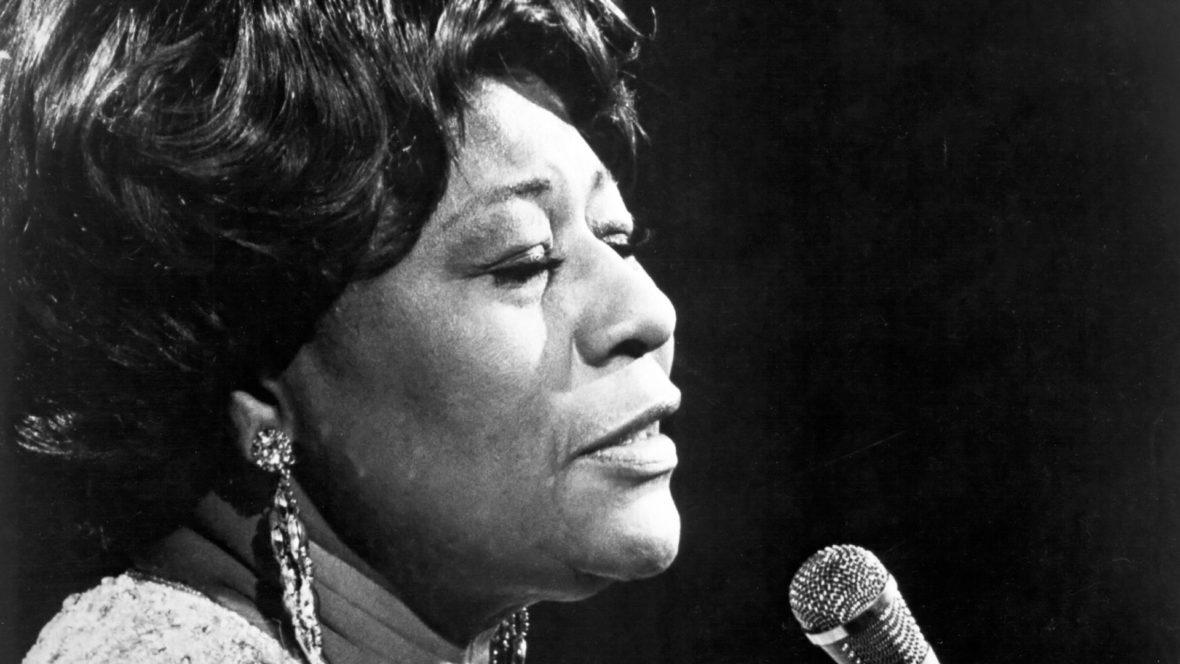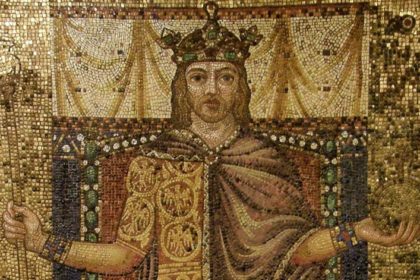Ella Jane Fitzgerald was an American jazz singer sometimes referred to as the First Lady of Song, Queen of Jazz, and Lady Ella. She was noted for her purity of tone, impeccable diction, phrasing, intonation, and a “horn like” improvisational ability, particularly in her scat singing. Take a look below for 30 more fascinating and interesting facts about Ella Fitzgerald.
1. After tumultuous teenage years, Fitzgerald found stability in musical success with the Chick Webb Orchestra, performing across the country but most often associated with the Savoy Ballroom in Harlem.
2. Fitzgerald’s rendition of the nursery rhyme “A-Tisket, A-Tasket” helped boost both her and Webb to national fame.
3. After taking over the band when Webb died, Fitzgerald left it behind in 1942 to start her solo career.
4. Her manager was Moe Gale, co-founder of the Savoy, until she turned the rest of her career over to Norman Granz, who founded Verve Records to produce new records for Fitzgerald.
5. With Verve, she recorded some of her more widely noted works, particularly her interpretations of the Great American Songbook.
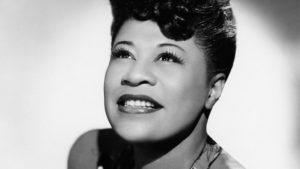
6. While Fitzgerald appeared in movies and as a guest on popular television shows in the second half of the twentieth century, her musical collaborations with Louis Armstrong, Duke Ellington and The Ink Spots were some of her most notable acts outside of her solo career.
7. In 1993, she ended her nearly 60 year career with her last public performance.
8. Fitzgerald was born on April 25, 1917, in Newport News, Virginia, to William Fitzgerald and Temperance “Tempie” Fitzgerald. Her parents weren’t legally married.
9. When she was two and a half years old, her parents separated.
10. In the early 1920s, her mother and her mother’s boyfriend, Joseph Da Silva, a Portuguese immigrant, moved to Yonkers, New York.
11. After her half sister, Frances Da Silva, was born in 1923, they moved to School Street, a poor Italian area, in 1925.
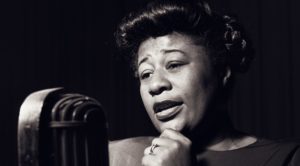
12. Fitzgerald began her education at the age of six. She attended Benjamin Franklin Junior High School in 1929.
13. Since she was fond of singing and dancing, her church provided her with the formal music lessons and some piano lessons.
14. When she was 15 years old, her mother died from serious injuries she suffered in a car accident.
15. In 1933, she moved in with her aunt in Harlem, possibly because her stepfather abused her, as speculated by her biographer Stuart Nicholson. Ella never spoke in public about her childhood.
16. Following her mother’s death, she started skipping school. During this time, she also became involved in minor illegal activities, before the police caught up to her and put her in the Colored Orphan Asylum in Riverdale.
17. When she was moved to the New York Training School for Girls in Hudson, she escaped and was homeless for some time. She used to sing on the streets to make her living.
18. On November 21, 1934, Fitzgerald took part in a contest at Amateur Nights at the Apollo Theater. She sang “Judy” and “The Object of My Affection,” and won the first prize of $25.
19. Her scat recording of “Flying Home” was one of the most influential vocal jazz records of the decade.
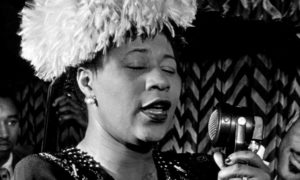
20. Her bebop recording of “Oh, Lady Be Good!” was also very popular.
21. Her studio album “Ella Fitzgerald Sings the Duke Ellington Song Book” earned her a Grammy. The album was released in two volumes.
22. Fitzgerald’s entire “Songbook” series was highly acclaimed critically and was also commercially successful. Critics called the “Songbook” series her most valuable gift to American culture.
23. In 1958, she received her first two Grammy Awards for best individual jazz performance and best female vocal performance for the two songbooks, “Ella Fitzgerald Sings the Duke Ellington Song Book,” and “Ella Fitzgerald Sings the Irving Berlin Song Book.”
24. She was given the Grammy Lifetime Achievement Award in 1967.
25. Fitzgerald was honored with the Kennedy Center for the Performing Arts Medal of Honor Award and Society of Singers Lifetime Achievement Award.
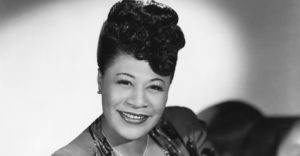
26. She earned the George and Ira Gershwin Award for Lifetime Musical Achievement, UCLA Spring Sing award, and the UCLA Medal in 1987.
27. In 1990, she received an honorary doctorate of Music from the Harvard University.
28. In 1987, she received the National Medal of Arts and the country’s highest non-military honor, the Presidential Medal of Freedom.
29. She was awarded the National Association for the Advancement of Colored People Equal Justice Award and the American Black Achievement Award as well.
30. Fitzgerald married Benny Kornegay, a convicted drug dealer, in 1941, but the marriage was annulled in 1942.

